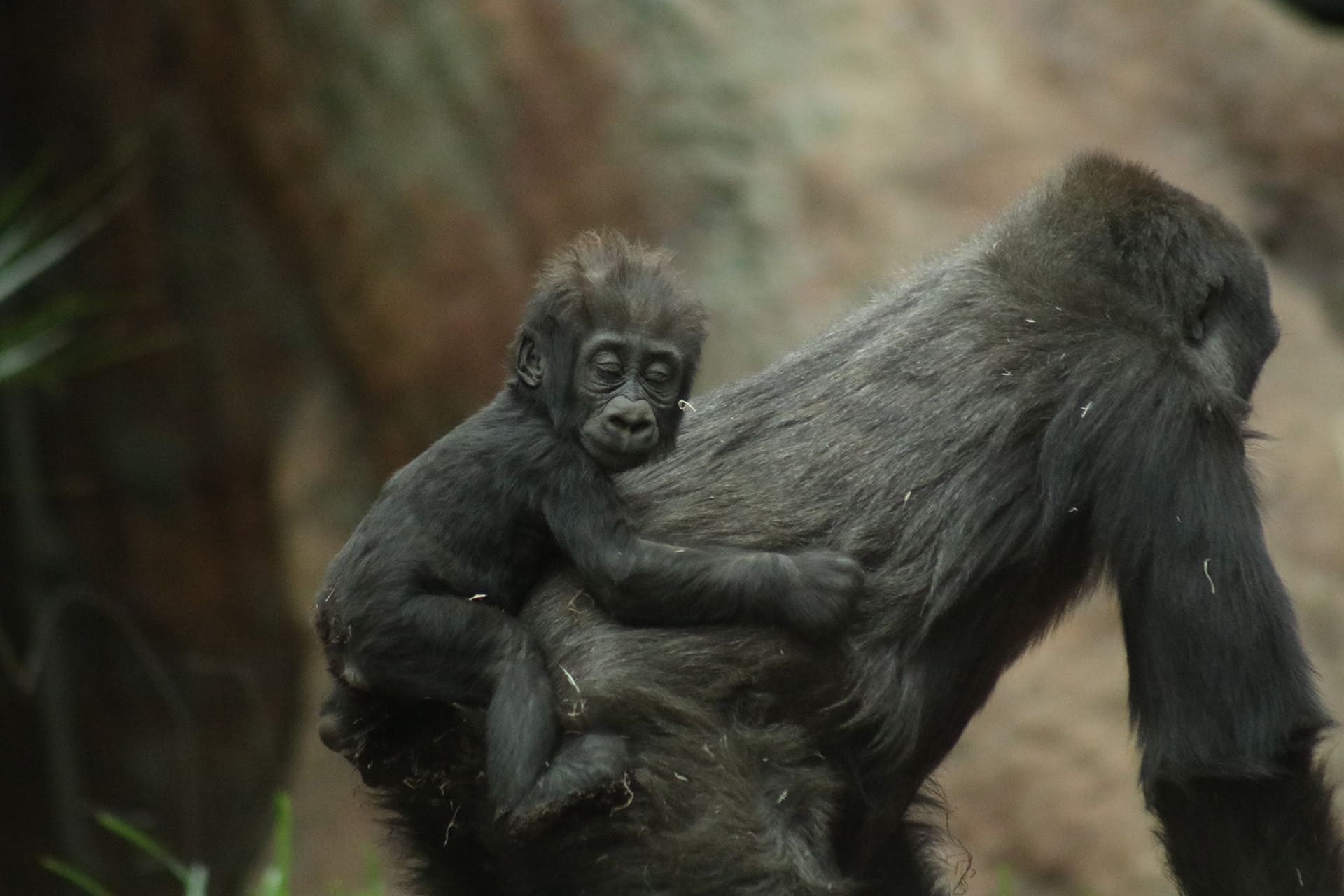- Threatened species conservation
- Bénéficiaire PROGRAM - association Protectrice des Grands Singes de la Moukalaba
- Montant du projet € 261 720
- Subventions FFEM € 70 000
-
État du projet en cours
With an estimated population of between 5 and 10,000 great apes, Moukalaba-Doudou National Park (PNMD, 449,548 km2), located about 600 km from Libreville, is one of the last refuges for western gorillas ( Gorilla gorilla) and common chimpanzees (Pan troglodytes) of Central Africa. In addition, the National Agency for National Parks (ANPN), through its strategic vision of conservation and promotion of national parks, has identified great ape vision tourism as a priority with the objective of “welcoming, to the ‘horizon 2023, 750 visitors per year in the PNMD for gorilla vision tourism’.
For many years, Kyoto University and the Tropical Ecology Research Institute (IRET) have been working to develop a scientific research program on gorillas leading to the semi-habituation of a group of gorillas named ” Kind”. In 2014, the NGO PROGRAM, designated by the ANPN, began a new process of habituation of a group of gorillas from the PNMD named “Mussiru”, intended for tourism, always in collaboration with the University of Kyoto and the IRET.
The habituation process accelerated with the PPI project (4.3) but on average, it takes 7 to 8 years for the habituation to be effective and it is therefore imperative to maintain the efforts in this direction but also to improve the living conditions of trackers in the camp. It should be noted that PROGRAM is a founding and active member of the Alliance for the Conservation of Great Apes in Central Africa (AGSAC) network.
This project aims to strengthen the needs of the habituation process to ensure the conservation of gorillas and their valuation through vision of sustainable tourism while structuring the local economy and improving territorial governance.
